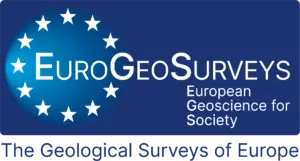About two-thirds of the Earth’s surface is covered by water. In line with this, Europe’s seas total about fifteen million square kilometres, fifty percent more than its land area. Given the high cost of collecting marine data, it comes as no surprise that only a fraction of the ocean floor has been surveyed. From trenches that are more than five kilometres deep to coastal waters with intermittently dry intertidal margins, vast areas still need to be explored.
Both spatially and thematically, there are enormous gaps in accessible information. Filling these gaps is essential because the marine environment is becoming ever more valuable as a resource. Aside from enabling or supporting traditional activities like fishing, global trade, hydrocarbon extraction and sand mining, it provides valuable space for giant windfarms that are controversial onshore. The seabed is also home to some of the largest reserves of metals and rare-earth elements used in solar panels and wind turbines. Mining these with as little impact as possible is a significant challenge.
Marine geological data is instrumental in preventing or mitigating pollution and in shedding light on the likelihood of potential geohazards such as submarine volcanic eruptions, storm surges, and earthquake- and landslide-related tsunamis. They matter not only in the highly dynamic coastal zone, where onshore and offshore human activities put enormous pressure on the environment, but also in deep oceans, far away from where we live.
In EGS therse topics are dealt with by the Marine Geology Expert Group.
On EGDI a number of layers about Marine Geology are present, primarily from the European Observation and Data network (EMODnet). See for example Seabed Substrates.


